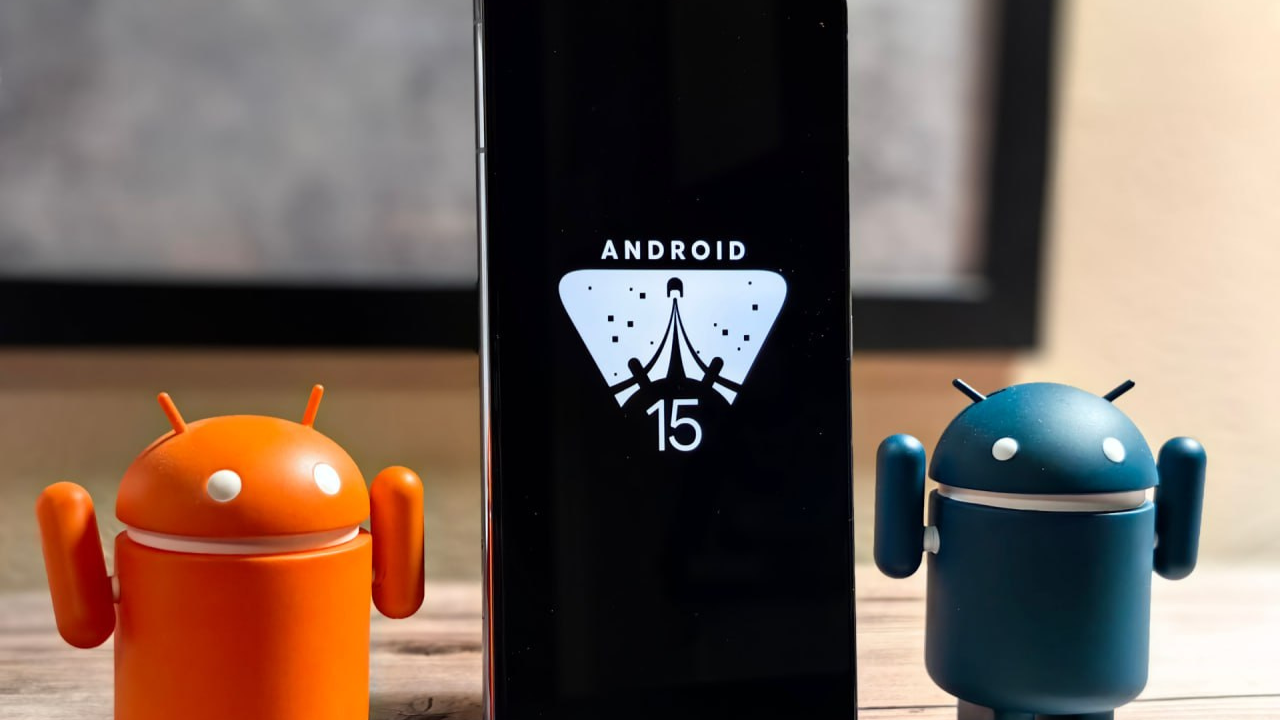Key Points:
- Spatial Audio Evolution: Android 15 introduces advancements in spatial audio technology, promising a more immersive listening experience for users of compatible devices.
- Dynamic Spatial Audio: The update incorporates support for dynamic spatial audio over Bluetooth LE Audio, reducing latency and enhancing bandwidth utilization for a heightened audio encounter.
- Technical Challenges and Solutions: Implementing dynamic spatial audio necessitates low-latency Bluetooth codecs and head-tracking sensors in headphones, with Android 15 addressing power consumption concerns by leveraging Bluetooth LE Audio.
In the realm of mobile entertainment, the auditory component often lags behind its visual counterpart in terms of immersion. While cinemas offer a rich surround sound experience, most smartphones, and headphones fall short of replicating this sensation. However, a solution has emerged in the form of spatial audio—a software innovation set to undergo a significant enhancement with the advent of Android 15.
Traditionally, audio content, despite being recorded with multiple channels, is confined to stereo playback on most devices. This limitation creates the perception that sound originates solely from the front, failing to capture the depth and directionality inherent in the source material.
Spatial audio bridges this gap by employing sophisticated algorithms to simulate three-dimensional soundscapes. Imagine hearing the distant rumble of thunder or the subtle rustle of leaves, each originating from precisely where it should be within the audio spectrum.
While static spatial audio has been prevalent, offering a consistent audio environment irrespective of movement, dynamic spatial audio introduces a new dimension by synchronizing sound with the user’s head movements. This innovation, however, presents technical challenges, requiring not only compatible hardware but also efficient utilization of resources to minimize power consumption.
Android 15 heralds a breakthrough in this regard, ushering in support for dynamic spatial audio over Bluetooth LE Audio. By leveraging the low-latency capabilities of this protocol, users can indulge in a more responsive and immersive audio experience without sacrificing battery life. This evolution, announced at Google I/O, underscores the ongoing commitment to pushing the boundaries of mobile technology.
In essence, Android 15 promises to redefine the audio landscape, offering users a glimpse into a future where every sound is not just heard but felt—a testament to the relentless pursuit of innovation in the digital age.
